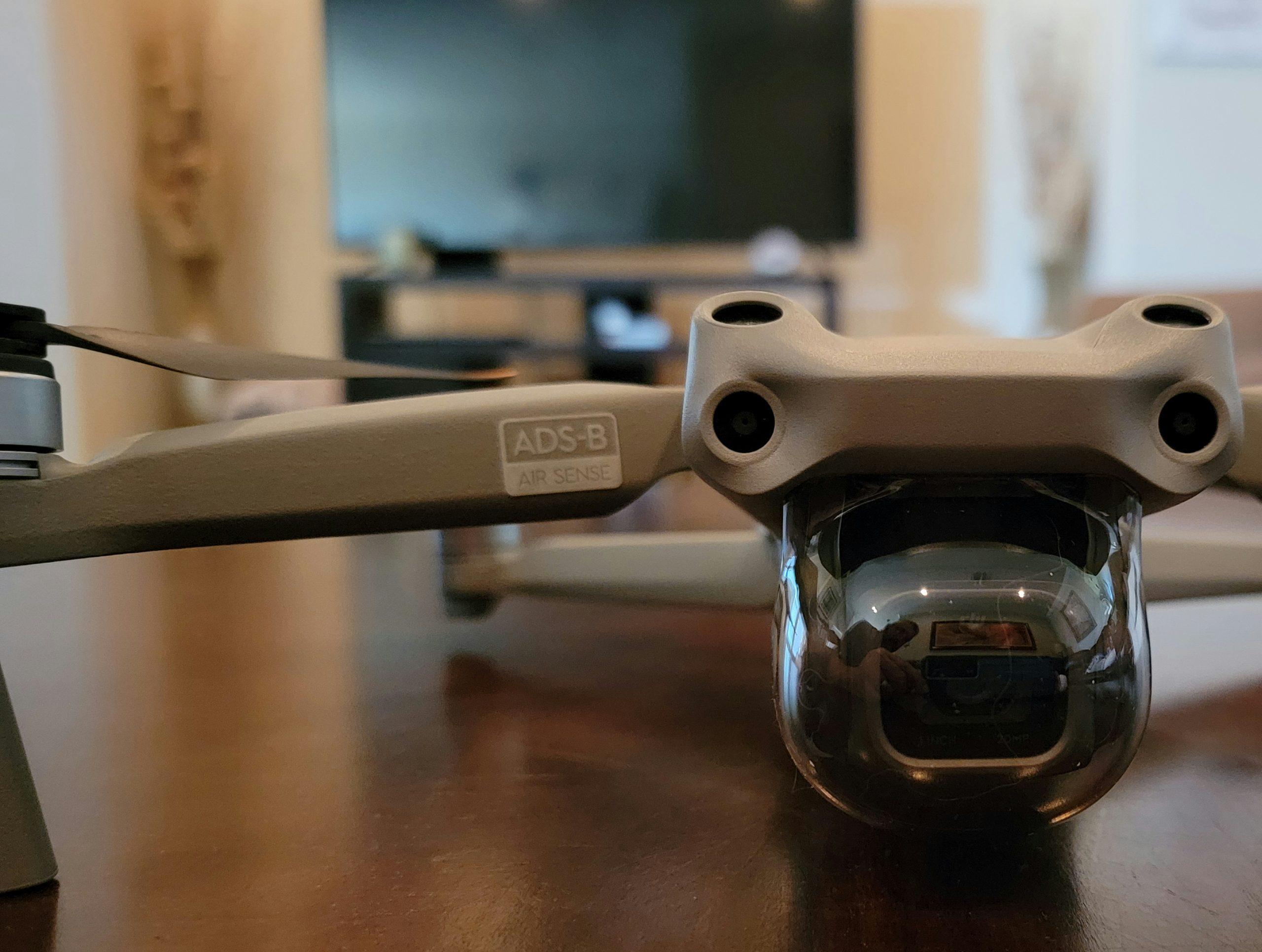The rapid advancement of drone technology has brought about significant changes in various industries, from aerial photography and cinematography to aerial inspections and search and rescue operations. However, with the increasing number of drones taking to the skies, ensuring their safe integration into the national airspace system has become a challenging task. Drones, registered as Small Unmanned Aircraft Systems with the FAA, greatly outnumber other types of aircraft operating in the United States. To address this growth and maintain flight safety, the concept of Remote Identification (Remote ID) for drones has emerged.
Remote ID can be likened to a digital license plate for drones. Just as license plates on vehicles enable law enforcement to identify and obtain information about a vehicle, Remote ID serves a similar purpose for drones. The technology is similar to a transponder installed onboard manned aircraft. Therefore, its intended design is to be a system that enables real-time tracking and identification of drones while they are in flight. This technology allows air traffic control, the FAA, the NTSB, other drone operators, and the general public to access information about a drone, such as its location, altitude, speed, and registration details.
But why is Remote Identification necessary? This question has been asked by drone pilots, hobbyists, law enforcement, elected officials, and the general public multiple times. Considering the FAA’s primary focus on flight safety in all operations, the government’s justification for the necessity of Remote Identification becomes clearer.
Managing airspace has become increasingly complex, especially with the rising number of commercial drones being registered every day. Remote ID offers a solution to avoid collisions, navigate traffic, and maintain aircraft separation in the skies. Identifying drones in real-time can help distinguish between legitimate and unauthorized drone operations. From the perspective of authorities, Remote ID will be crucial for preventing incidents of privacy invasion, terrorism, regulatory non-compliance, airspace incursions, and other security concerns. In cases of accidents or emergencies involving drones, Remote ID can provide valuable information to first responders, aiding in immediate and potentially life-saving actions.
Despite the apparent benefits of Remote ID, its implementation isn’t without important challenges and considerations. Broadcasting drone information raises concerns about privacy, as it could potentially expose sensitive data about drone operators and their activities. Drone operators across the nation have expressed concerns that the open broadcast of this information may put their safety at risk. Members of the general public could know the exact location of a drone pilot in relation to the aircraft being flown at any time. This situation could lead to confrontations when someone is upset about the drone operation and uses Remote ID to locate the pilot. This concern is not isolated, as violent confrontations between drone pilots and the public have occurred prior to the integration of Remote ID. As the compliance date for Remote ID on September 16th, 2023, quickly approaches, the drone community hopes that the broadcast information will be limited to authorized personnel and authorities on a needs-based system.
Developing a reliable and standardized Remote ID system that works across different types and brands of drones is a complex task. Manufacturers operate using different proprietary technologies, and designing a single system to integrate seamlessly and reliably requires a significant investment of time and resources. Furthermore, Remote ID systems require a stable and secure network connection to transmit data in real-time. However, remote areas or areas with poor connectivity might pose difficulties.
The last few years have witnessed regulators collaborating with drone manufacturers, software developers, and stakeholders to strike a balance between safety, privacy, and operational reliability. The development of general standards and protocols for Remote ID has been established. Pilots, manufacturers, regulators, and the drone community eagerly await the real-world integration of Remote ID after the mandatory compliance date of September 16th, 2023. As Remote ID becomes operational soon, the Unmanned Aircraft community hopes that the technology will provide the intended benefits and not risk the safety of its operators.
Overall, Remote ID holds the potential to revolutionize drone operations by enhancing flight safety, aircraft separation, aviation security, and regulatory compliance. However, overcoming the challenges and concerns of Remote ID has yet to be fully realized. Ensuring a positive integration for all users will require a collaborative approach that addresses the technical, legal, and ethical challenges. If these challenges and concerns are properly addressed, Remote ID has the potential to become a valuable asset to the Unmanned Aircraft Industry.

